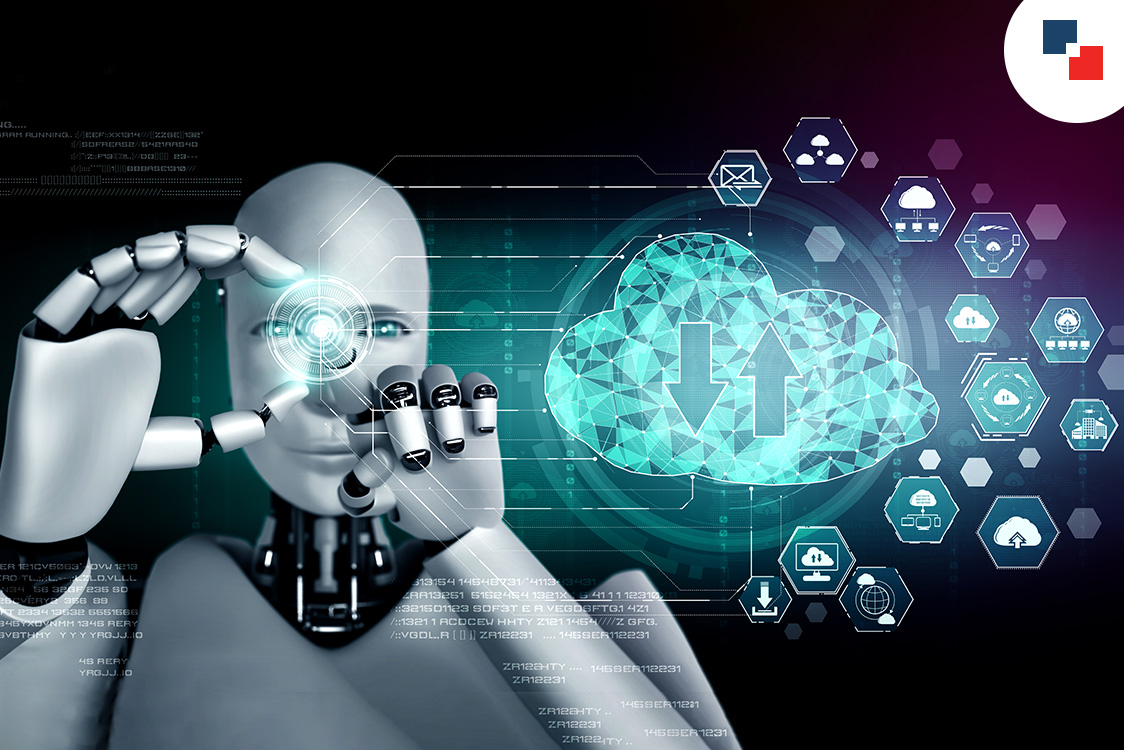Advantages and disadvantages of using AI in video editing are transforming the industry, offering unprecedented speed and efficiency alongside ethical concerns and creative limitations. This exploration delves into the multifaceted impact of AI on video production, examining its potential to revolutionize workflows while acknowledging the crucial role of human oversight and creative judgment. We’ll weigh the cost savings against potential pitfalls, assess the accessibility of AI tools for various skill levels, and ultimately determine where AI truly shines and where human expertise remains irreplaceable.
From automating tedious tasks like color correction and noise reduction to assisting in brainstorming innovative concepts, AI offers a powerful arsenal of tools. However, the reliance on algorithms raises questions about potential biases, the accuracy of AI-generated edits, and the ethical implications of deepfakes. This analysis will provide a balanced perspective, equipping you with the knowledge to harness the power of AI responsibly and effectively within your video editing projects.
Efficiency and Speed
AI is revolutionizing video editing, significantly impacting efficiency and speed. Human editors, even experienced ones, often spend considerable time on tasks that AI can automate, leading to faster turnaround times and increased productivity. This translates to cost savings and the ability to handle larger volumes of video content.
The time difference between human-only and AI-assisted video editing is substantial. A standard task like color grading a short video might take a human editor several hours, meticulously adjusting curves and levels. With AI tools, the same task can be completed in minutes, often with comparable or even superior results, depending on the complexity and the AI’s training data.
This speed advantage is even more pronounced in larger-scale projects involving hundreds of hours of footage.
AI-Powered Automation of Time-Consuming Tasks
Several AI-powered tools automate traditionally time-consuming video editing tasks. For instance, tools like Adobe Sensei, within Adobe Premiere Pro, automatically analyze footage and suggest optimal color grading profiles, drastically reducing the time spent on color correction. Similarly, AI-driven noise reduction tools, such as those found in Topaz Denoise AI, can effectively eliminate grain and other artifacts from video footage, a process that would take significantly longer using manual techniques.
Object removal, a complex task requiring precise masking and compositing skills, is also expedited by AI-powered tools that can intelligently identify and remove unwanted elements from the video frame.
AI’s Impact on Workflow Efficiency in Large-Scale Video Production
In large-scale video productions, such as television series or feature films, the efficiency gains from AI are amplified. Consider the process of transcribing hours of interview footage. AI-powered transcription services can significantly reduce the time spent on this task, allowing editors to focus on creative aspects of the project. Furthermore, AI can automate tasks like generating subtitles and captions, streamlining the post-production workflow and accelerating delivery times.
The ability to process and analyze vast amounts of video data quickly allows for better organization and management of assets, improving overall project efficiency.
Comparative Analysis of Speed and Efficiency Gains
The following table illustrates the potential time savings achieved by using AI for various video editing tasks. These figures are estimates based on industry averages and may vary depending on the complexity of the project and the specific AI tools used. It is important to note that the “AI Time” represents the time spentmanaging* the AI, reviewing its output, and making any necessary adjustments.
It doesn’t reflect the AI’s processing time itself, which is often significantly faster.
| Task | Human Time (Hours) | AI Time (Hours) | Time Saved Percentage |
|---|---|---|---|
| Color Grading (Short Video) | 3-5 | 0.5-1 | 70-90% |
| Noise Reduction (Feature Film Clip) | 8-12 | 1-2 | 75-92% |
| Object Removal (Simple) | 1-2 | 0.25-0.5 | 50-75% |
| Transcription (1 Hour of Footage) | 2-3 | 0.25-0.5 | 75-90% |
Cost-Effectiveness
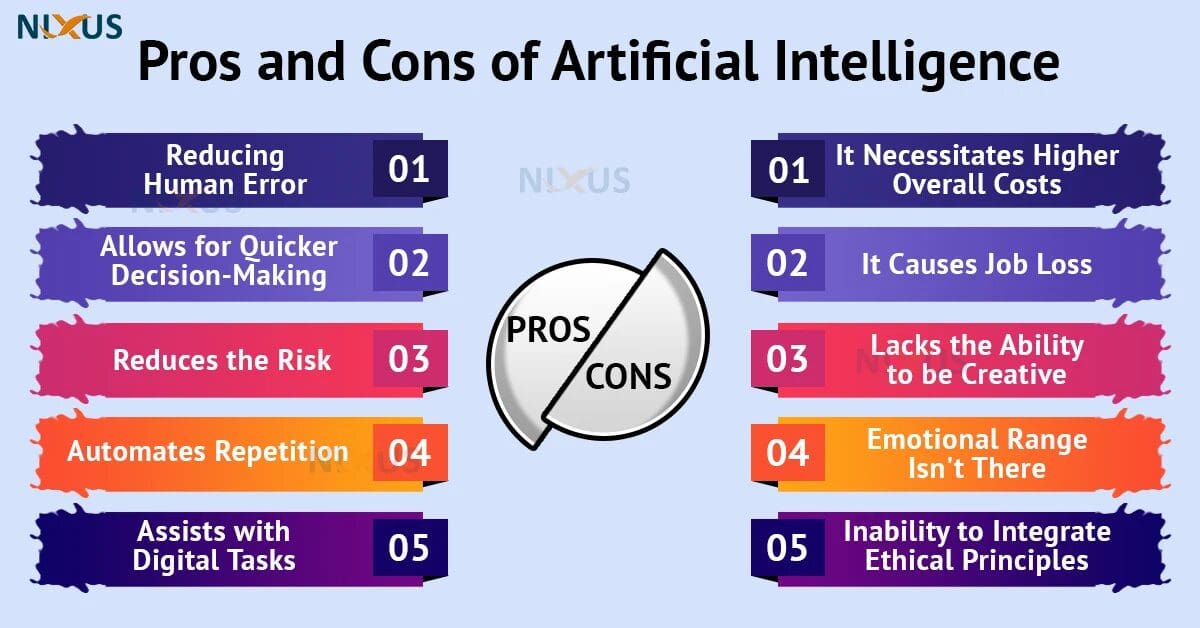
AI-powered video editing tools present a compelling proposition regarding cost-effectiveness, although the overall financial impact depends significantly on the scale and nature of video production. While initial investment might seem substantial, long-term cost savings, particularly for high-volume projects, can be substantial compared to relying solely on human editors.The initial investment in AI video editing software varies greatly. Subscription-based models offer accessibility with recurring monthly or annual fees, often tiered based on features and usage.
Alternatively, purchasing perpetual licenses for powerful software suites demands a larger upfront investment. The cost also includes potential expenses for hardware upgrades necessary to support the software’s processing demands, such as powerful CPUs and GPUs. Furthermore, training personnel to effectively use the AI tools should be factored into the initial outlay.
Comparison of Long-Term Costs: AI vs. Human Editors
The long-term cost savings of AI significantly depend on the volume and complexity of projects. For large-scale productions involving hundreds of hours of footage, AI can dramatically reduce labor costs. For example, a company producing daily social media content might find AI’s automated processes for tasks like video resizing and basic color correction far more economical than employing a full-time editor.
Conversely, smaller projects with highly specific artistic requirements may not see the same level of cost savings, as human intervention and creative decisions remain crucial. A freelance editor working on a short promotional video, for example, might represent a more cost-effective solution than investing in AI software solely for that single project.
Examples of AI-Driven Labor Cost Reduction
Consider a major news network producing hourly news updates. AI can automate tasks like video stabilization, basic cuts, and even rudimentary transcriptions, reducing the workload on human editors. This allows them to focus on more complex editing tasks, such as storytelling and creative refinement, optimizing the use of expensive human resources. Similarly, e-commerce companies generating hundreds of product videos can leverage AI for automated background removal, object tracking, and text overlay, significantly lowering the cost per video compared to manual editing.
Potential Cost Savings from AI in Video Editing
The following points illustrate potential cost savings achieved through AI’s integration into various aspects of video editing:
- Color Correction: AI can automate color grading, reducing the time and expertise required for consistent, high-quality results. This translates to significant cost savings, especially for large batches of videos.
- Sound Design: AI-powered tools can assist with noise reduction, audio enhancement, and even basic sound effects generation. This can reduce the need for specialized sound designers, especially for projects with less demanding audio requirements.
- Transcription and Subtitling: AI-powered transcription services are significantly cheaper than human transcriptionists, especially for large volumes of audio or video content. This is particularly useful for accessibility and internationalization efforts.
- Video Upscaling and Enhancement: AI can improve the resolution and quality of older footage, reducing the need for costly reshoots or the hiring of specialized restoration technicians.
- Automated Editing Tasks: AI can handle repetitive tasks such as video trimming, stabilization, and basic transitions, freeing up human editors to focus on more creative aspects of the project, resulting in more efficient allocation of human resources and, thus, cost savings.
Creative Capabilities and Limitations
AI is rapidly transforming video editing, offering both exciting creative possibilities and significant limitations. While AI can automate tedious tasks and enhance efficiency, its role in the creative process remains complex and nuanced. Understanding both its strengths and weaknesses is crucial for harnessing its potential effectively.AI’s impact on creative video editing is a double-edged sword. On one hand, it offers powerful tools for generating novel effects and streamlining workflows.
On the other, it struggles with the subtleties of human artistic vision and the unpredictable nature of creative inspiration.
AI-Generated Creative Effects and Transitions
AI algorithms can generate a wide range of creative video effects and transitions, often surpassing human capabilities in speed and variety. Tools employing machine learning can analyze existing footage and automatically suggest relevant transitions, or even create entirely new effects based on learned patterns. For instance, an AI could analyze a scene’s color palette and suggest a transition that seamlessly blends with the overall aesthetic.
However, these effects may lack the unique stylistic touch and artistic intent often found in human-generated work. While AI can create impressive visual effects, its ability to create effects with emotional resonance or artistic meaning is still limited. The results are often technically proficient but may lack the creative spark of human ingenuity.
AI Assistance in Brainstorming and Concept Development
AI can be a valuable tool in the brainstorming phase of video production. By analyzing vast amounts of video data, AI can identify trending styles, popular themes, and successful storytelling techniques. This information can inspire new video concepts and help creators refine their ideas. For example, an AI could analyze successful YouTube videos in a particular niche and suggest relevant s, visual styles, and narrative structures that might resonate with the target audience.
However, AI cannot replace the human element of imagination, intuition, and emotional intelligence that are essential for developing truly innovative and impactful video concepts. The AI provides data-driven suggestions, but the final creative decisions and artistic vision still rest with the human editor.
Limitations of AI in Understanding Artistic Direction
A significant limitation of AI in video editing is its difficulty in understanding nuanced artistic direction and subjective creative choices. While AI can execute specific tasks based on predefined parameters, it struggles with the abstract and subjective aspects of artistic expression. For instance, an AI might be instructed to create a “dark and moody” atmosphere, but it might misinterpret the desired tone, producing something technically proficient but emotionally flat.
The AI lacks the human capacity for empathy, intuition, and emotional understanding necessary to truly grasp and execute complex artistic visions. Human editors bring their personal experiences, cultural understanding, and artistic sensibilities to their work, elements that current AI systems cannot replicate.
Comparison of AI and Human Capabilities in Creative Video Editing, Advantages and disadvantages of using AI in video editing
| Aspect | AI Capability | Human Capability | Comparison |
|---|---|---|---|
| Effect Generation | Rapid generation of diverse effects; potential for novel combinations. | Unique stylistic choices; ability to create effects with emotional resonance. | AI excels in speed and variety, but humans offer artistic depth and emotional impact. |
| Transition Selection | Automated suggestion based on analysis of footage. | Intuitive selection based on pacing, mood, and storytelling needs. | AI provides efficient suggestions, but humans make more nuanced choices. |
| Concept Development | Identification of trends and successful patterns; suggestion of s and themes. | Original ideas; emotional depth and understanding of audience. | AI aids brainstorming but cannot replace human creativity and emotional intelligence. |
| Artistic Direction | Execution of specific, clearly defined instructions. | Interpretation of abstract concepts; subjective artistic choices. | AI lacks the ability to understand and execute nuanced artistic visions. |
Accessibility and User-Friendliness: Advantages And Disadvantages Of Using AI In Video Editing
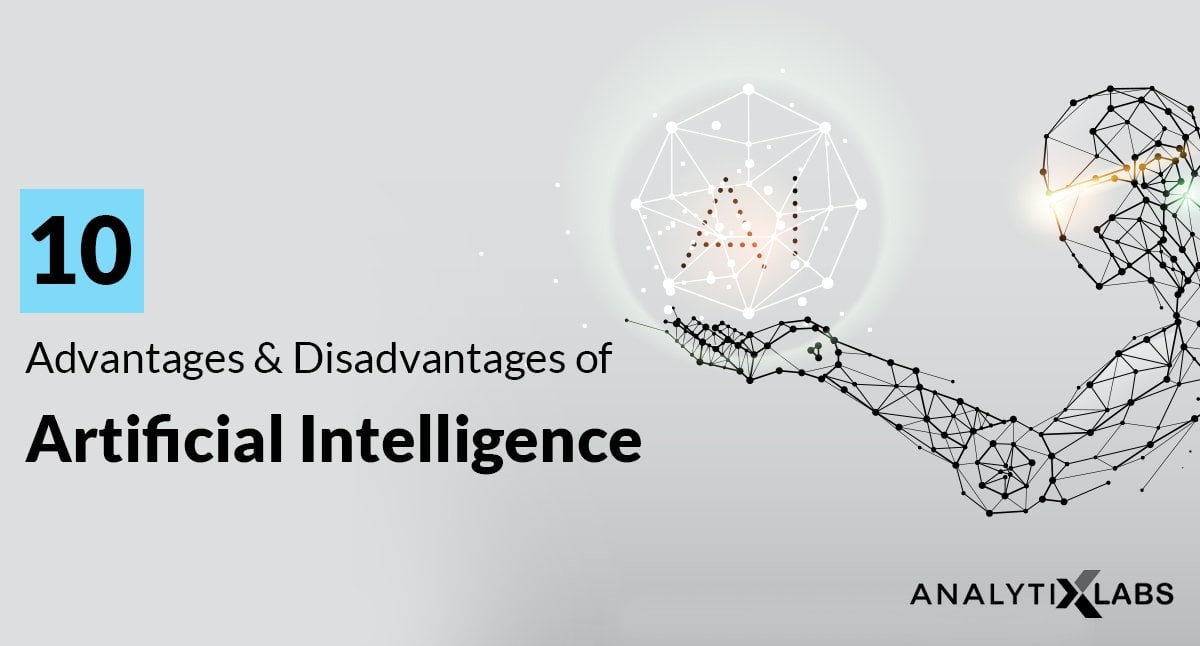
AI-powered video editing tools promise to democratize video creation, but their accessibility and user-friendliness vary significantly. Understanding the technical skills required, the learning curve involved, and the availability of beginner-friendly options is crucial for potential users. This section examines the accessibility of AI video editing software, comparing it to traditional methods and highlighting examples of user-friendly tools.The level of technical expertise needed to effectively utilize AI video editing tools depends heavily on the specific software and the user’s goals.
While some tools boast intuitive interfaces designed for novices, others require a more substantial understanding of video editing principles and digital workflows. Simpler AI tools might focus on automated tasks like upscaling or basic color correction, requiring minimal technical knowledge. More advanced tools offering sophisticated features like AI-powered rotoscoping or complex effects will naturally demand a higher level of expertise.
The ability to effectively utilize advanced features often requires a combination of technical understanding and a grasp of the underlying AI algorithms.
Technical Expertise Required for AI Video Editing
The technical skill requirement for AI video editing software spans a wide spectrum. Simple, automated tools like those found in mobile apps may only need basic understanding of file formats and uploading content. On the other hand, advanced AI tools designed for professionals require a deep understanding of video editing workflows, color grading, and post-production techniques, alongside the ability to interpret and fine-tune AI-generated results.
The learning curve, therefore, is not uniform across all AI video editing tools.
Comparison of Learning Curves: AI vs. Traditional Video Editing Software
Compared to traditional video editing software like Adobe Premiere Pro or Final Cut Pro, AI-powered tools often present a gentler learning curve, particularly for beginners. Traditional software demands a significant investment in learning complex interfaces, keyboard shortcuts, and editing techniques. AI tools, especially those emphasizing automation, simplify many tasks, reducing the initial barrier to entry. However, mastering advanced AI features and achieving professional-level results still requires dedicated learning and practice, albeit potentially less than with traditional software.
The ease of use also depends on the software’s design; some AI tools prioritize intuitive interfaces, while others maintain a more technical approach.
Examples of Beginner-Friendly AI Video Editing Tools
Several AI-powered video editing tools are explicitly designed for beginners or non-professional users. These tools often prioritize simplicity and automation, focusing on features that are easy to understand and use. Examples include mobile apps that offer automated video enhancements, such as automatic color correction, stabilization, and basic effects. Some web-based platforms also provide user-friendly interfaces with drag-and-drop functionality and pre-set templates, simplifying the video editing process.
These tools cater to a wider audience, allowing individuals with limited technical skills to create and edit videos effectively.
Advantages and Disadvantages of User Interface and Accessibility Features
The user interface and accessibility features of AI video editing tools present both advantages and disadvantages:
- Advantages: Intuitive drag-and-drop interfaces, simplified workflows, automated features, pre-set templates, mobile accessibility, and multilingual support enhance user experience and broaden accessibility for diverse users.
- Disadvantages: Over-simplification can limit creative control, lack of granular control over AI-driven processes, limited customization options, potential for a steep learning curve for complex features, and inconsistent interface designs across different platforms can hinder user experience.
Quality and Accuracy
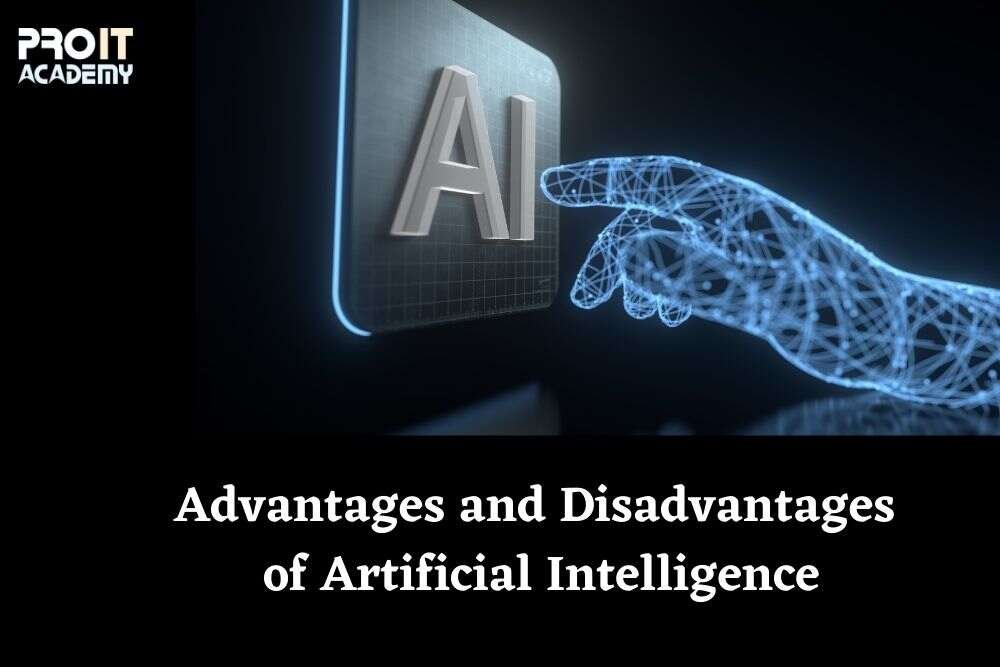
AI-powered video editing tools offer impressive speed and efficiency, but their accuracy and the overall quality of the final product remain a critical concern. While AI can automate many tedious tasks, its reliance on algorithms and training data means there’s a potential for errors and inconsistencies that require human intervention for a polished, professional result. The balance between leveraging AI’s capabilities and maintaining human oversight is crucial for achieving high-quality video edits.AI’s ability to accurately interpret and execute editing instructions depends heavily on the quality and comprehensiveness of its training data.
If the AI is trained on a limited or biased dataset, its performance may be inconsistent, leading to inaccurate cuts, incorrect color grading, or mismatched audio. Furthermore, unforeseen circumstances in a video project, such as unusual lighting conditions or complex camera movements, can challenge the AI’s ability to deliver perfect results. Human intervention becomes essential in these situations to ensure accuracy and consistency.
AI Error Examples and Correction
AI-generated edits might require manual correction in several scenarios. For instance, an AI might misinterpret a scene’s emotional tone and apply an inappropriate filter or transition. Another common issue is inaccurate object removal or background replacement, where the AI leaves noticeable artifacts or distortions. Similarly, AI-driven automatic speech recognition (ASR) for subtitles or transcriptions can produce errors, particularly with accents, background noise, or mumbled speech.
These errors require careful review and manual correction by a human editor to maintain professional standards. For example, an AI might incorrectly identify a speaker’s voice and misattribute dialogue in a multi-person interview. Manual review and correction would be needed to ensure accuracy. In cases involving complex visual effects or motion graphics, AI might produce results that are technically correct but aesthetically unappealing, requiring human refinement to achieve the desired artistic effect.
AI vs. Human Editing Quality Comparison
The quality of video edits produced by AI and human editors can vary significantly depending on the project’s complexity and specific requirements. Generally, human editors possess a deeper understanding of narrative structure, visual storytelling, and artistic nuances.
| Project Type | AI Quality | Human Quality | Overall Assessment |
|---|---|---|---|
| Simple Social Media Video (e.g., short promotional clip) | Good for basic cuts, transitions, and text overlays. May require minor corrections. | Excellent, highly polished, with attention to detail and brand consistency. | AI can be efficient for basic tasks, but human editing offers superior quality. |
| Corporate Video (e.g., product demonstration) | Acceptable for initial rough cuts and automated tasks. Requires extensive human review and refinement. | High quality, ensuring consistent branding, clear messaging, and professional aesthetics. | AI can assist with time-consuming tasks, but human expertise is essential for a polished final product. |
| High-Budget Film or TV Production | Limited application; AI may be used for specific tasks like noise reduction or stabilization, but not for primary editing. | Exceptional, with meticulous attention to detail, color grading, visual effects, and overall storytelling. | Human expertise is paramount; AI has a minimal role in this context. |
Ethical Considerations and Bias
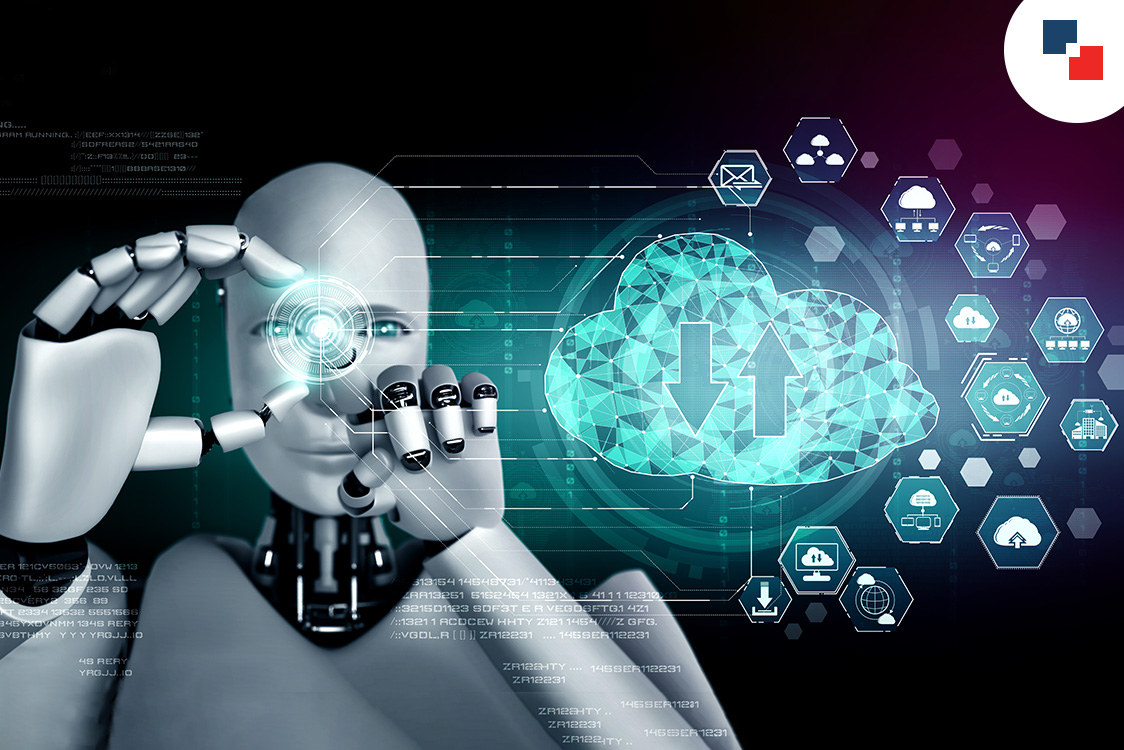
The integration of AI into video editing presents a new frontier of creative possibilities, but also raises significant ethical concerns. The power to manipulate visual information with AI tools necessitates a careful consideration of the potential for misuse and unintended consequences. This section explores the ethical dilemmas inherent in AI-powered video editing, focusing on issues of copyright, deepfakes, algorithmic bias, and responsible development.The potential for harm stemming from AI in video editing is substantial.
Beyond simple efficiency gains, the technology allows for sophisticated manipulation of existing footage and the creation of entirely synthetic content, blurring the lines between reality and fabrication. This raises serious questions about authenticity, accountability, and the potential for malicious use.
Copyright Infringement and Deepfakes
AI video editing tools can be used to create derivative works without proper attribution or permission, leading to copyright infringement. For example, an AI might be used to seamlessly integrate a copyrighted song into a video without the owner’s consent. Furthermore, the technology facilitates the creation of deepfakes – realistic but fabricated videos featuring individuals saying or doing things they never actually did.
Deepfakes pose a serious threat to reputation, privacy, and even national security, as they can be used to spread misinformation and manipulate public opinion. The ease with which deepfakes can be created, coupled with the difficulty in detecting them, underscores the urgent need for ethical guidelines and technical solutions to mitigate these risks.
Algorithmic Bias and Representation
AI algorithms are trained on vast datasets of existing video content. If these datasets reflect existing societal biases – for example, underrepresentation of certain ethnic groups or genders – the AI will likely perpetuate and even amplify those biases in its output. This could lead to skewed representations in video content, reinforcing harmful stereotypes and marginalizing certain groups.
For instance, an AI trained primarily on videos featuring predominantly white actors might generate video edits that disproportionately favor lighter skin tones, potentially impacting the portrayal of characters and narratives. Addressing this requires careful curation of training datasets and ongoing monitoring of AI outputs for bias.
Responsible Development and Implementation
Mitigating the ethical risks associated with AI in video editing requires a multi-faceted approach. Developers must prioritize transparency in their algorithms, making them auditable and understandable. This allows for the identification and correction of biases. Furthermore, robust verification and authentication mechanisms are needed to distinguish between genuine and manipulated content. Educational initiatives are crucial to raise awareness among users about the potential for misuse and the importance of responsible use of AI video editing tools.
Collaboration between developers, policymakers, and ethicists is essential to establish clear ethical guidelines and regulations.
Strategies for Addressing Ethical Concerns
The responsible development and deployment of AI in video editing necessitates a proactive approach to mitigate ethical risks. The following strategies are crucial:
- Develop robust detection mechanisms for deepfakes and manipulated content: This includes creating algorithms capable of identifying subtle manipulations and providing clear indicators of authenticity.
- Implement transparent and auditable AI algorithms: This allows for scrutiny and the identification of potential biases in the training data and algorithm design.
- Create comprehensive ethical guidelines and regulations for the use of AI in video editing: This should address issues such as copyright, privacy, and the potential for misuse.
- Promote media literacy and critical thinking skills: Educating the public about the potential for AI-generated misinformation is crucial in combating the spread of deepfakes and other forms of manipulated content.
- Develop and utilize diverse and representative training datasets: This helps to mitigate algorithmic bias and ensure fairer representation in AI-generated video content.
- Establish clear accountability mechanisms for the creators and distributors of AI-generated video content: This includes methods for identifying and addressing instances of copyright infringement and the spread of misinformation.
Closing Notes
The integration of AI in video editing presents a double-edged sword. While AI undeniably accelerates workflows, reduces costs, and opens doors to new creative possibilities, it’s crucial to acknowledge its limitations. The future of video editing likely involves a synergistic approach—leveraging AI’s strengths for efficiency while retaining the human touch for nuanced creative control and ethical oversight. Understanding both the advantages and disadvantages is paramount to harnessing AI’s potential responsibly and effectively, ensuring the creation of high-quality, ethically sound video content.

